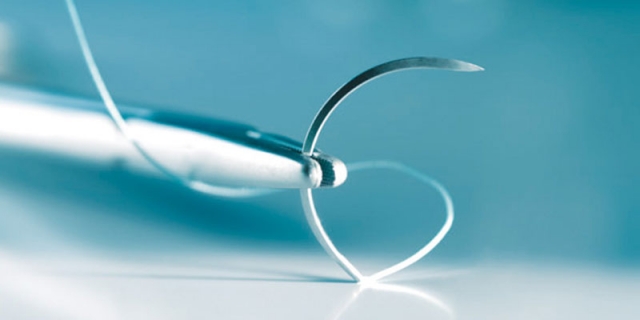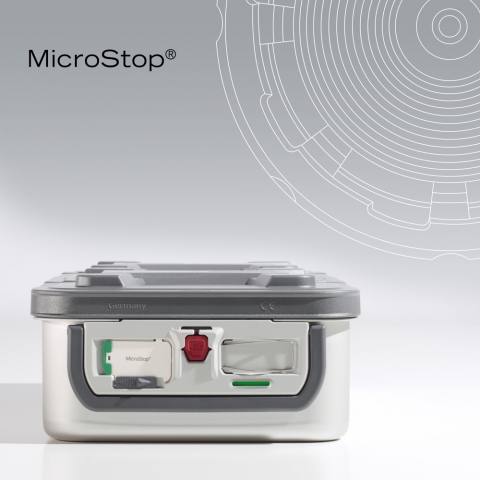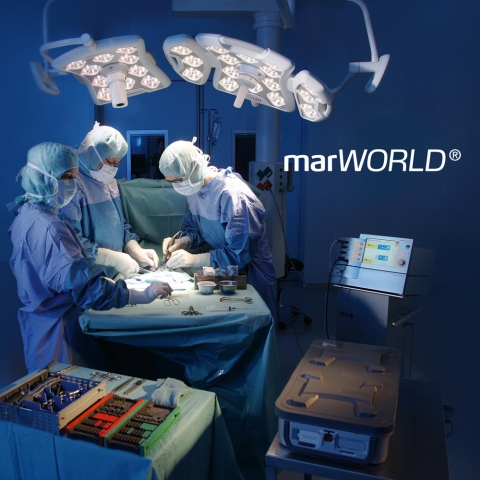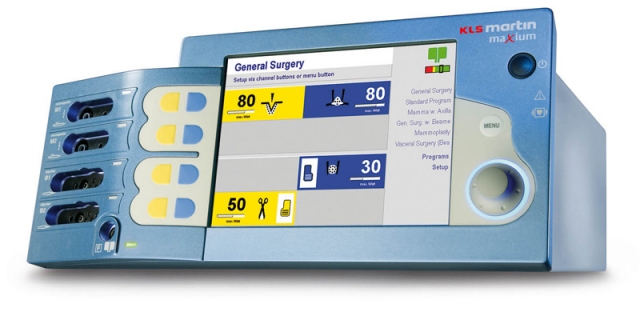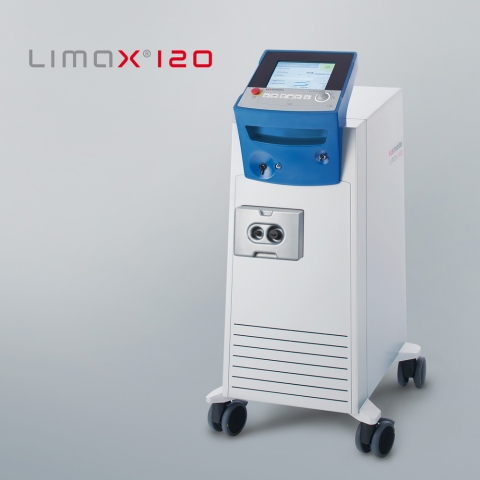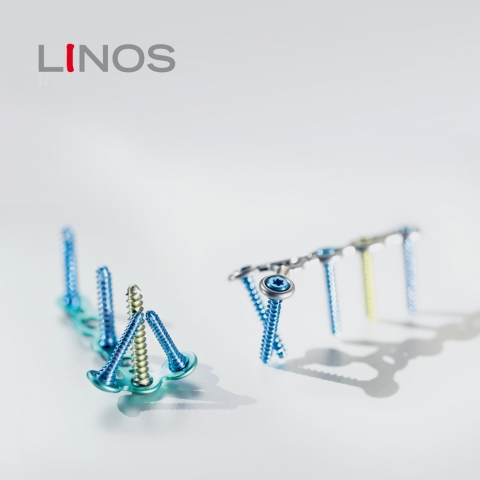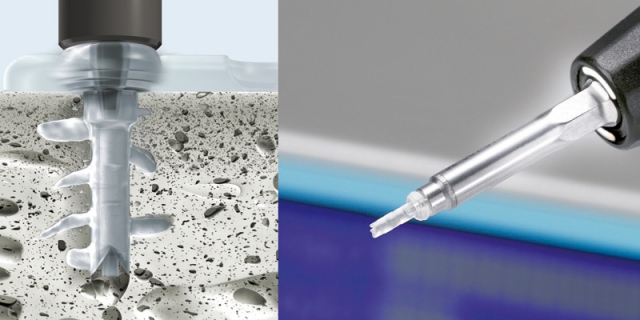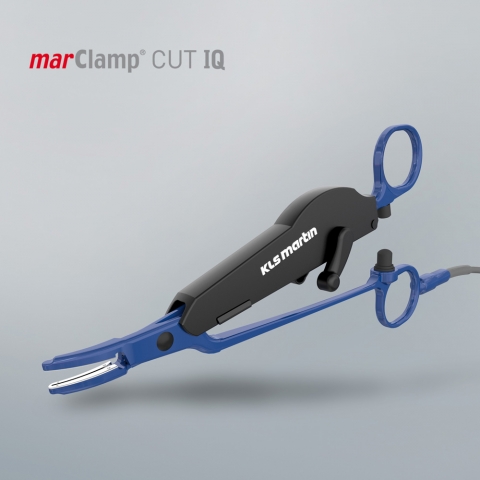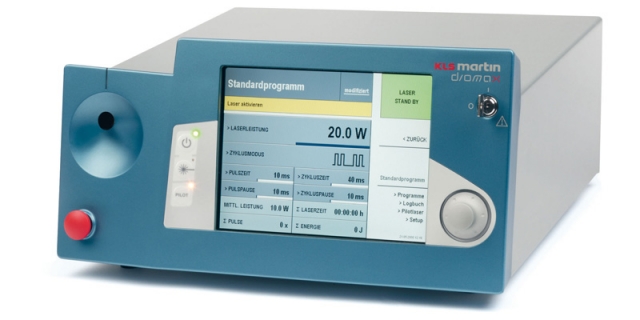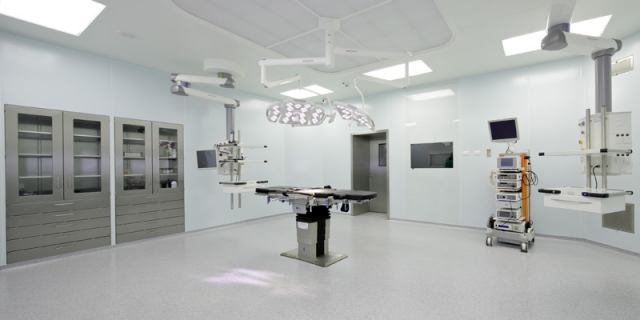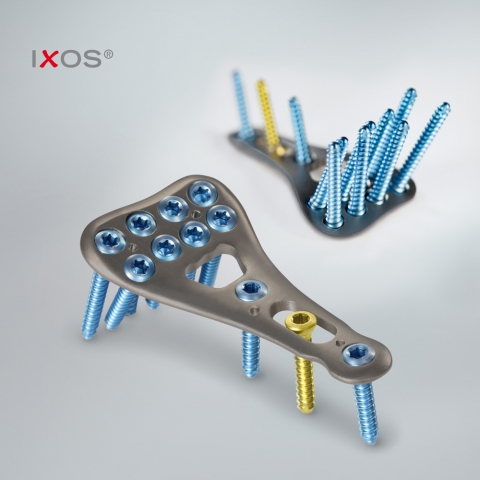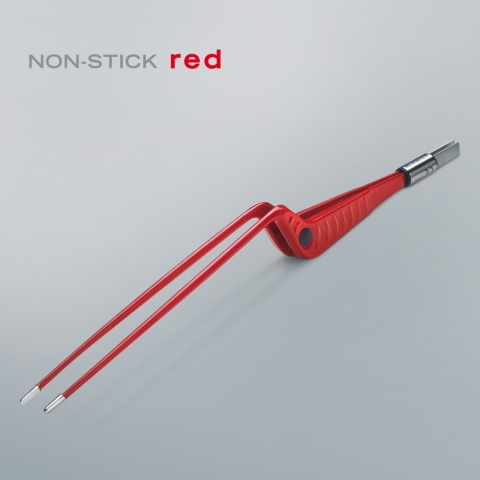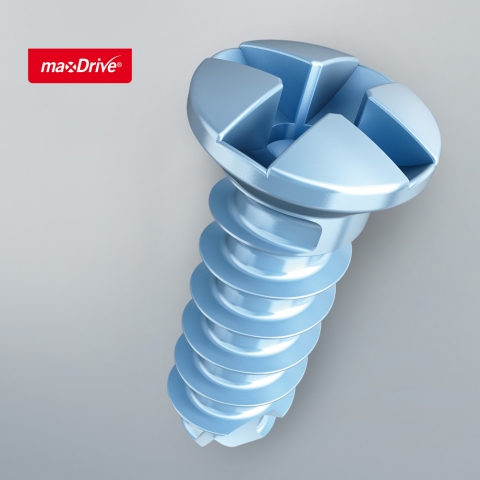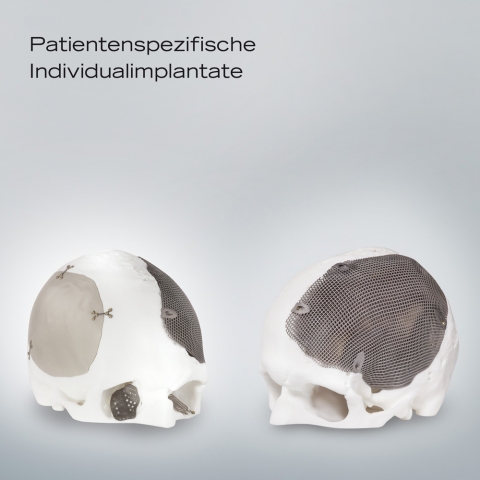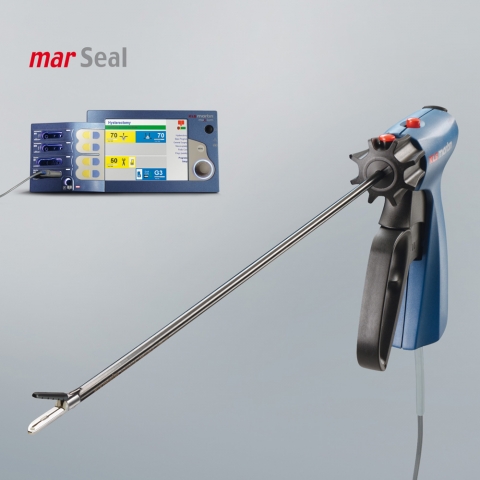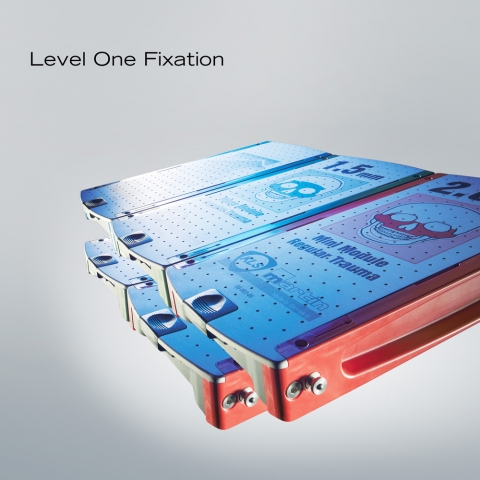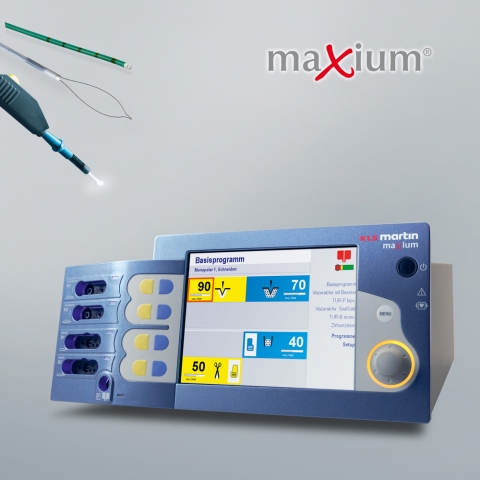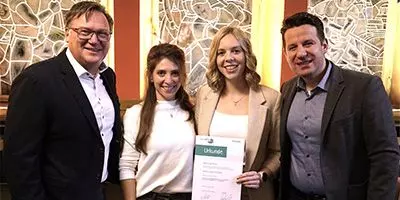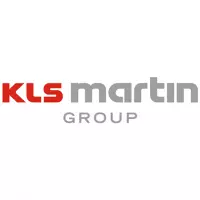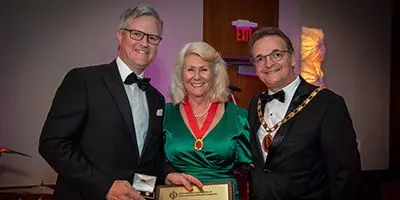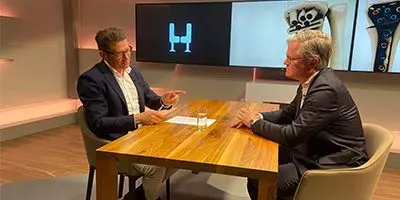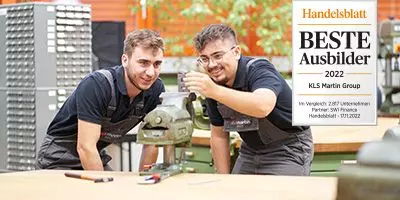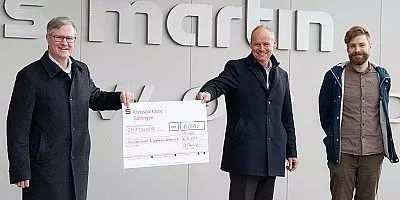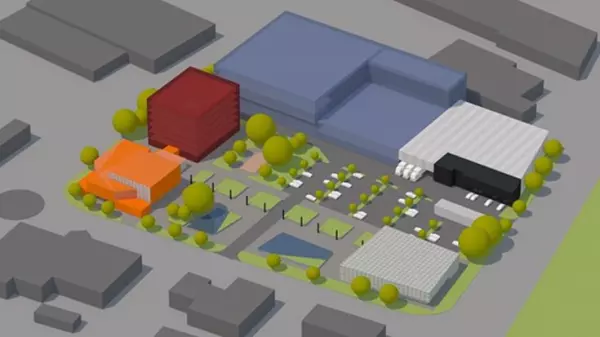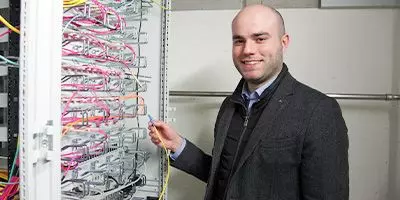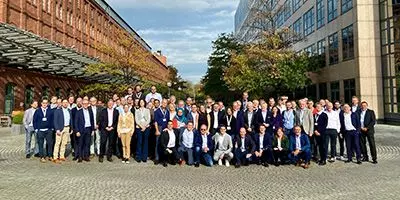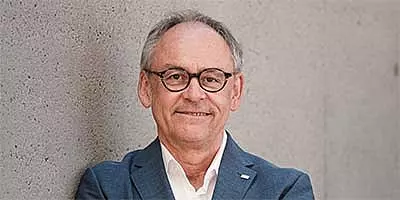
In 1896, the trained watchmaker Ludwig Leibinger laid the foundation stone for the KLS Martin Group in Mühlheim an der Donau - one of today's world market leaders in medical technology with over 1,700 employees worldwide and a group turnover of 288 million euros in 2020.
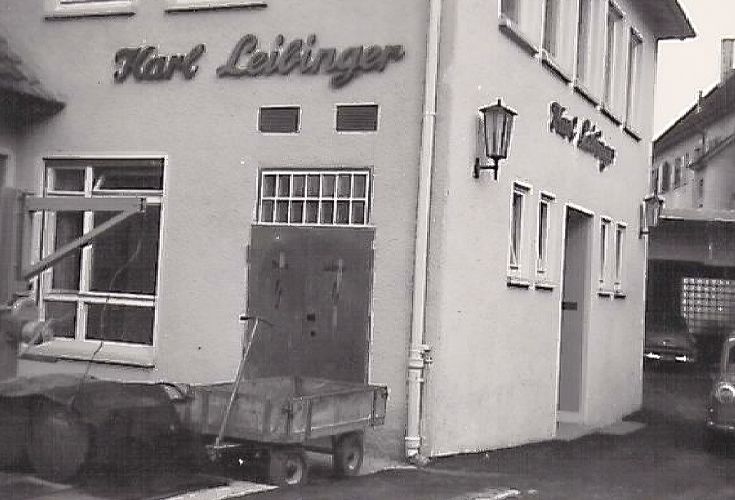
The year 1896. Carl Benz produces the first petrol-powered truck that still looks like a carriage, and X-ray technology finds its way into everyday clinical practice. These events form the environment for Ludwig Leibinger. Although he is a trained watchmaker, he decides to get into what he sees as a more promising craft, which requires at least as much precision and attention to detail - the manufacture of surgical instruments. So in 1896 he founded the company Karl Leibinger Medizintechnik, which still exists today.
In order to expand the product portfolio and thus assert itself against larger competitors, Karl Leibinger Medizintechnik merged with six other medical technology companies from Tuttlingen in 1923 and founded a joint sales and trading company. Today, the group of companies offers more than 16,000 surgical instruments, implant systems for oral and maxillofacial surgery, neurosurgery and hand surgery as well as high-frequency surgical devices, surgical laser systems, operating lights, medical supply units and individual room solutions for various clinical environments, such as operating theaters or intensive care units.
True to the motto "surgical innovation is our passion", KLS Martin is considered a pioneer and innovator in some areas. In 1922 the company manufactured one of the first high-frequency surgical devices. In 1975 it was the first to produce steel mini plates for oral and maxillofacial surgery. In 1993, KLS Martin introduced the first surgical laser systems for non-contact cutting, ablation and hemostasis of tissue. The world's first sterilization container that does not require any consumables follows in 2002. In 2005, the portfolio was expanded to include solutions for HF vessel sealing, through which vessels can be severed and sealed in just one step and without ligature. In 2006 the company adapted a technology from wood processing to fuse absorbable plastics with bones and is still the only company allowed to use this technology to this day. In 2014, patient-specific implants for oral and maxillofacial surgery in additive manufacturing followed, which have been accompanied by a digital workflow since 2016. In this way, surgeons can virtually plan their cases using a 3D model of the patient's skull. On this basis, engineers from the KLS Martin Group then create an individual implant that is later manufactured using additive manufacturing and sent to the surgeon - all in-house.


